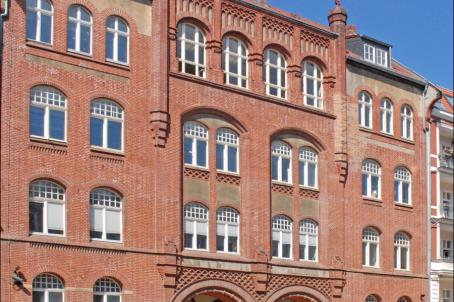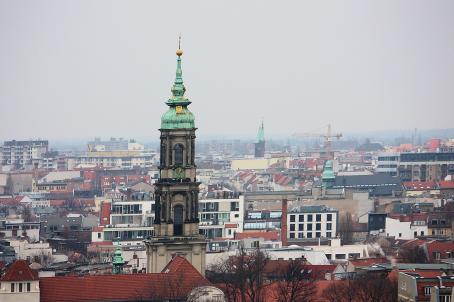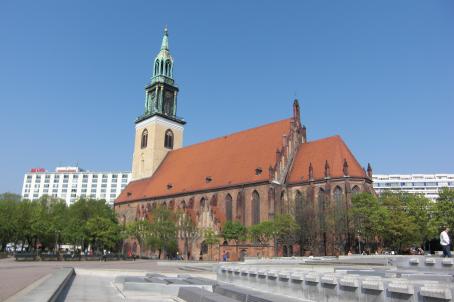Herz-Jesu-Kirche
The Sacred Heart Church is a Catholic church that was built between 1897 and 1898 by the architect Christoph Hehl. At the end of the 19th century, the urban expansion of Berlin necessitated the construction of new places of worship. As the future district of Prenzlauer Berg was not very dense, the only notable pre-existing buildings were windmills and inns. One of these inns was purchased in 1890 by the parish of St. Hedwig to build a chapel, together with the adjacent presbytery and a Catholic school.






